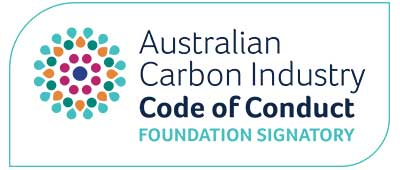Review: Identifying Opportunities for Aboriginal South Australians
The SA Government Department of Primary Industries and Regions SA has taken a step forward for Aboriginal carbon farming by releasing a report on Identifying Opportunities for Aboriginal South Australians. The report was made by Rural Solutions SA.
The report’s main findings are that:
- projects are most likely to be implemented when they support existing land management objectives
- of 7 suitable activities, human induced regeneration is the activity with the highest potential
- there is a need for further information and capacity building.
The report identifies 7 activities as suitable for broad application on Aboriginal land, including 3 on feral animals as well as soil carbon and patch burning.
Unfortunately, the report does not explain how it arrived at this conclusion. For example, the activity found with most potential, human induced regeneration (controlling ferals and weeds etc), may have high potential on 21,602,250 ha of Aboriginal land, but there is no analysis to support this. At present, there is only one regeneration methodology which is for forest regrowth only – it would be useful to know how much Aboriginal land this methodology would apply to. Rangelands regeneration would appear to have broader application in SA but this was not discussed and methodologies for this are still under development (AbCF is involved in developing).
On the other activities, a group is working on feral animal management, but none of ferals, soil carbon and patch burning currently have approved methodologies – patch burning does seem like a long shot in SA. The activity analysis in the report is limited.
The report lists a number of challenges to carbon farming and suggests sharing information at an Aboriginal leaders’ forum as a way to move forward. Unfortunately, however, the report does not shed light on key issues such as Aboriginal land and forest property agreements and how projects could proceed on pastoral land given Crown ownership of carbon.
The report helpfully notes a number of things to think about and adds to the suite of information for Aboriginal carbon farmers that is becoming available.























